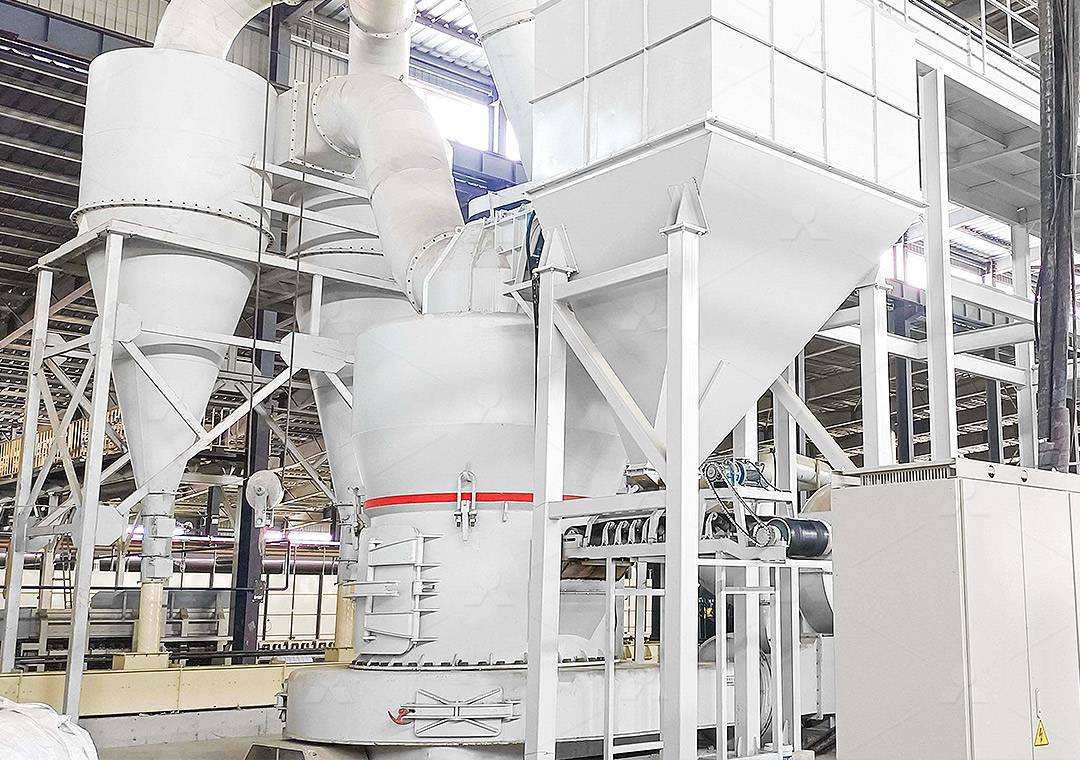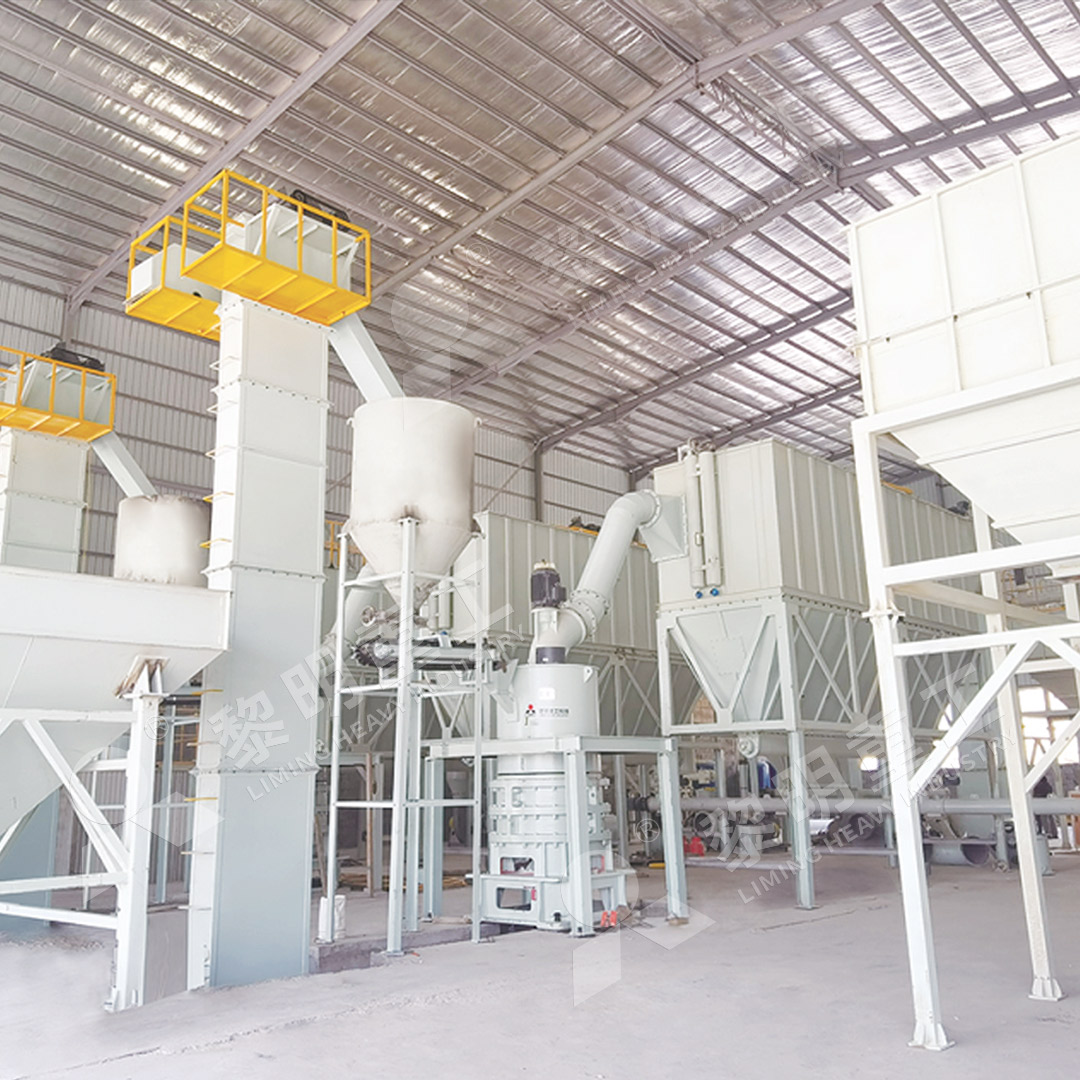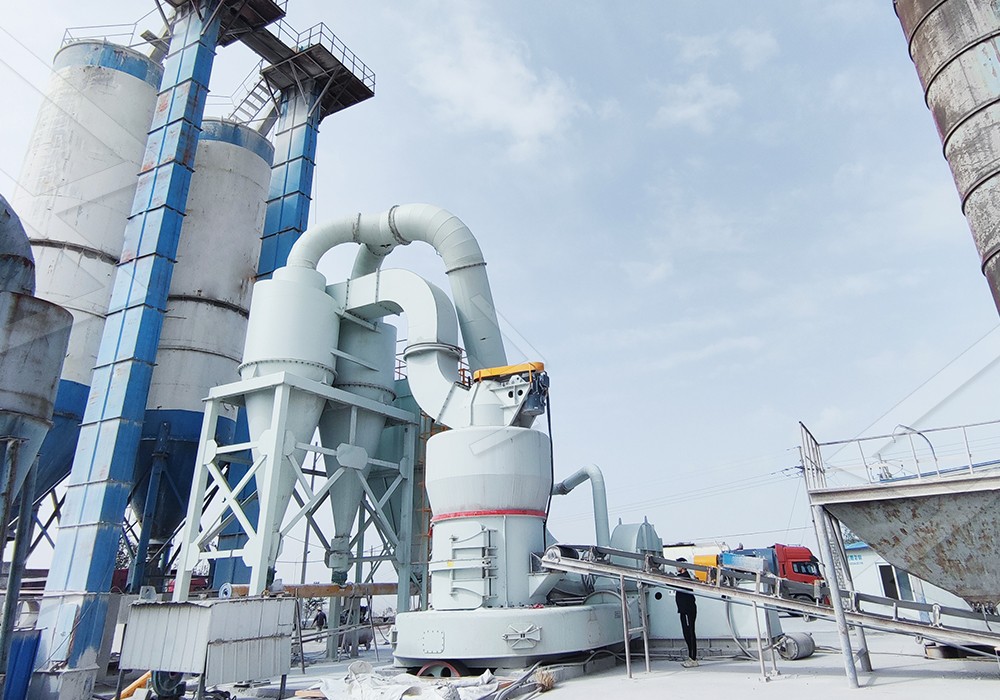Global Mica Powder Market: Industry Trends, Growth Drivers, and Future Outlook
We provide a wide range of mills — including Raymond mill, trapezoidal mill, vertical mill, ultrafine mill, and ball mill, obtained ISO9001 international quality certification, EU CE certification, and Customs Union CU-TR certification. Suitable for processing minerals such as limestone, phosphate, quicklime, kaolin, talc, barite, bentonite, calcium carbonate, dolomite, coal, gypsum, clay, carbon black, slag, cement raw materials, cement clinker, and more.
The discharge range of these mills can be adjusted to meet specific processing needs, typically from 80-400 mesh, 600-3250 mesh, and can achieve the finest particle size of up to 6000 mesh(D50).
If you are looking for a reliable grinding solution to turn stone or minerals into fine powder, please feel free to contact our online customer service.
Global Mica Powder Market: Industry Trends, Growth Drivers, and Future Outlook
The global mica powder market continues to demonstrate robust growth, driven by increasing demand across cosmetics, paints, construction, and plastics industries. Valued at approximately USD 550 million in 2022, the market is projected to expand at a CAGR of 5.8% through 2030, with Asia-Pacific dominating both production and consumption.

Key Market Drivers and Industry Trends
Several factors are propelling the mica powder market forward. The cosmetics industry’s growing preference for natural ingredients has significantly increased demand for high-quality mica in foundations, eyeshadows, and other color cosmetics. Meanwhile, the construction sector utilizes mica powder in drywall compounds, cement, and asphalt for its reinforcing and insulating properties.
The automotive industry represents another substantial growth avenue, with mica powder being incorporated into paints and coatings for enhanced durability and visual appeal. Additionally, the plastics industry relies on mica as a reinforcing filler that improves mechanical properties while reducing material costs.
Environmental regulations and sustainability concerns are shaping market dynamics, with manufacturers increasingly focusing on ethical sourcing and transparent supply chains. Technological advancements in processing equipment have enabled producers to create finer, more consistent powders that command premium prices in specialized applications.
Processing Technology: The Backbone of Quality
The quality of mica powder directly correlates with the sophistication of processing equipment. Modern grinding mills must achieve precise particle size distribution while maintaining the material’s natural brilliance and platelet structure. As market demands shift toward ultra-fine powders for high-value applications, advanced grinding technology becomes increasingly critical.
Among the technological solutions available, the MW Ultrafine Grinding Mill stands out for its exceptional performance in producing premium mica powders. With an input size capacity of 0-20 mm and throughput ranging from 0.5 to 25 tph, this system efficiently processes raw mica into high-value powders. The mill’s adjustable fineness between 325-2500 meshes allows producers to tailor products to specific customer requirements across different industries.

The MW Ultrafine Grinding Mill incorporates several innovative features that make it particularly suitable for mica processing. Its higher yielding and lower energy consumption – achieving 40% higher production capacity than jet grinding mills with only 30% of the energy consumption – directly addresses the industry’s need for cost-effective production. The absence of rolling bearings and screws in the grinding chamber eliminates common failure points, ensuring continuous operation and reduced maintenance costs.
Environmental considerations are thoroughly addressed through efficient pulse dust collection and noise reduction systems, making the production process compliant with stringent international environmental standards. For manufacturers seeking to produce high-quality mica powder with consistent particle size distribution and minimal contamination, the MW Ultrafine Grinding Mill represents an optimal solution.
Regional Market Dynamics
Asia-Pacific continues to dominate the mica powder landscape, with India and China accounting for over 60% of global production. Abundant natural reserves, lower production costs, and established processing infrastructure contribute to the region’s competitive advantage. North America and Europe maintain strong positions in high-value specialty applications, particularly in cosmetics and automotive coatings where quality standards are most stringent.
Emerging markets in Latin America and Africa are showing increased activity, driven by growing domestic consumption and export opportunities. International trade patterns reflect these dynamics, with raw mica predominantly exported from Asia and Africa, while value-added processed powders flow toward developed markets.
Future Outlook and Opportunities
The mica powder market’s trajectory points toward continued growth, with several emerging opportunities shaping its future. The development of synthetic mica alternatives presents both competition and complementary products, particularly in applications requiring specific performance characteristics. The trend toward natural and organic products across multiple industries ensures sustained demand for high-quality natural mica.

Technological innovation in processing equipment will remain a critical factor in market competitiveness. Advanced grinding solutions like the MW Ultrafine Grinding Mill enable producers to achieve finer particle sizes, tighter distribution curves, and improved material characteristics – all essential for capturing value in premium market segments.
As sustainability concerns intensify, manufacturers who invest in environmentally responsible processing technologies and transparent supply chains will gain competitive advantage. The integration of digital monitoring and control systems into grinding equipment allows for greater consistency, efficiency, and traceability throughout the production process.
Frequently Asked Questions
What factors are driving growth in the mica powder market?
The primary growth drivers include increasing demand from cosmetics and personal care products, expansion in construction activities, growing automotive production, and rising usage in plastics and paints industries. The trend toward natural ingredients in cosmetics particularly benefits natural mica producers.
Which regions show the strongest growth potential?
Asia-Pacific continues to lead in both production and consumption, with India and China as dominant players. Emerging markets in Southeast Asia, Latin America, and Africa show promising growth rates, while North America and Europe maintain strong positions in high-value specialty applications.
How important is processing technology for mica powder quality?
Processing technology is crucial for determining final product quality. Advanced grinding mills like the MW Ultrafine Grinding Mill enable producers to achieve precise particle size distribution, maintain the material’s natural properties, and ensure consistent quality – all essential for competing in premium market segments.
What are the key considerations when selecting mica processing equipment?
Critical factors include grinding efficiency, energy consumption, particle size control, operational reliability, environmental compliance, and maintenance requirements. The MW Ultrafine Grinding Mill addresses these concerns through its advanced design, offering higher yield with lower energy consumption and minimal environmental impact.
How is sustainability affecting the mica powder industry?
Sustainability concerns are driving changes across the supply chain, including increased focus on ethical sourcing, environmental compliance in processing, and development of transparent traceability systems. Processing equipment with lower energy consumption and effective dust control, such as the MW Ultrafine Grinding Mill, helps manufacturers meet these evolving standards.
